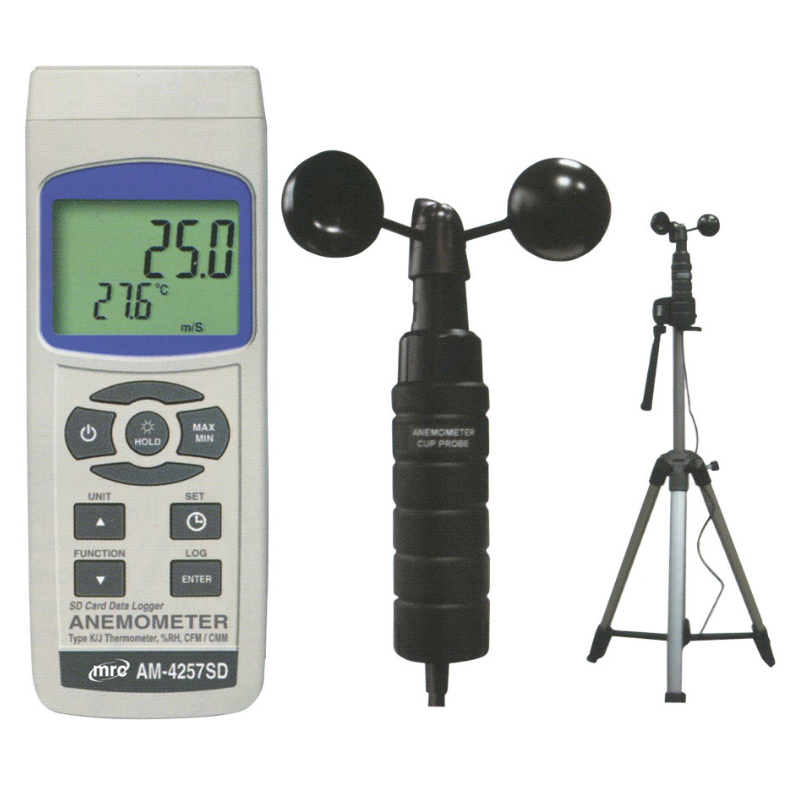Anaerobic organisms are those that can survive and thrive in environments without oxygen. These organisms are found in a variety of habitats, including soil, water, and the human body. Research on anaerobic organisms has been ongoing for many years, with a particular focus on understanding their role in various ecological and medical processes.
research of Anaerobic organisms
One area of research that has been gaining attention in recent years is the study of anaerobic organisms in the human gut. The human gut is home to a diverse community of microorganisms, many of which are anaerobic. These organisms play a critical role in maintaining the health of the gut, including aiding in the digestion of food and protecting against harmful pathogens.
Anaerobic organisms in the gut microbiome include bacteria from the genera Bacteroides, Clostridium, and Fusobacterium, among others. These organisms play an important role in the fermentation of undigested carbohydrates, which produces short-chain fatty acids that are beneficial for gut health. They also help in the metabolism of bile acids, which are important for fat metabolism and the regulation of cholesterol levels.
Clinical studies have been conducted to investigate the potential role of anaerobic organisms in the development of certain diseases and disorders, such as inflammatory bowel disease (IBD) and colorectal cancer. In individuals with IBD, the balance of anaerobic organisms in the gut is often disrupted, leading to inflammation and other symptoms. Studies have suggested that restoring the balance of anaerobic organisms through the use of probiotics or other interventions may be an effective treatment for IBD.
Another area of research on anaerobic organisms is in the field of biotechnology. Many anaerobic organisms have the ability to produce a wide range of compounds, such as enzymes, antibiotics, and biofuels. Scientists are investigating the potential use of these organisms in the production of these compounds on a large scale.
Anaerobic organisms also play a vital role in the global carbon cycle, acting as decomposers, breaking down organic matter and releasing carbon dioxide in the process. Studies have been investigating the potential use of anaerobic organisms in bioremediation, which is the process of using microorganisms to clean up contaminated sites.
It is important to note that further research is needed to fully understand the role of anaerobic organisms in human health and their potential applications in medicine, biotechnology, and environmental management. However, the current studies have provided a foundation for future studies to build upon and continue to explore the vast potential of these organisms.
Uses of Anaerobic organisms
In addition to their role in the gut microbiome, it also play important roles in environmental processes. They are major decomposers in ecosystems and play a vital role in the global carbon cycle by breaking down organic matter and releasing carbon dioxide in the process. They also play a key role in the cycling of nutrients such as nitrogen and sulfur, which are important for the growth of plants and other organisms.
-it is also important in the field of biotechnology. Many anaerobic organisms have the ability to produce a wide range of compounds, such as enzymes, antibiotics, and biofuels. Scientists are investigating the potential use of these organisms in the production of these compounds on a large scale.
– Used in bioremediation. which is the process of using microorganisms to clean up contaminated sites. it is able to degrade pollutants such as chlorinated hydrocarbons, polychlorinated biphenyls (PCBs), and heavy metals. They can also be used to treat waste-water, by breaking down the organic matter present in the water.
infections by Anaerobic organisms
Anaerobic organisms can cause infections in both humans and animals. In humans,it can occur in a variety of different sites in the body, including the skin, soft tissues, bones, and lungs. Some common types of anaerobic infections in humans include abscesses, osteomyelitis (bone infection), and lung infections such as aspiration pneumonia.
Anaerobic infections are particularly prevalent in individuals with compromised immune systems, such as those with diabetes, cancer, or HIV/AIDS. They also occur in patients who have had recent surgery or other invasive procedures, as well as those who have been hospitalized for a prolonged period of time.
In animals, anaerobic infections are most commonly found in the gastrointestinal tract and respiratory system. These infections can be caused by a variety of different anaerobic organisms, including Clostridium spp., Bacteroides spp., and Fusobacterium spp.
Anaerobic infections can be difficult to diagnose and treat due to the fastidious nature of these organisms and the lack of oxygen in the environment where they thrive. They are often treated with a combination of antibiotics and surgical intervention, but the effectiveness of treatment can vary depending on the specific organism and the severity of the infection.
It is important to note that not all anaerobic organisms are pathogenic and cause infections. Many of this are part of the normal microbiota in the human body and play a vital role in maintaining health. However, in certain conditions such as a compromised immune system or a disruption of the normal microbiota, these organisms can cause infections.
Also it can cause infections in humans and animals, but it’s important to note that not all anaerobic organisms are pathogenic. Further research is needed to fully understand the role in human and animal health and to develop effective treatments for anaerobic infections.
Diagnosis of anaerobic organisms
Diagnosis of anaerobic organisms in clinical microbiology laboratories is a complex process that involves several different techniques. One of the most common methods for identifying anaerobic organisms is through culture-based techniques, which involve growing the organisms on specialized media that is designed to support the growth of anaerobic bacteria. These media include thioglycolate broth, blood agar, and chocolate agar. Once the organisms have grown, they can be identified based on their physical characteristics, such as colony morphology and gram stain.
Molecular biology techniques, such as polymerase chain reaction (PCR) and DNA sequencing, are also used to identify anaerobic organisms. These techniques allow for rapid and specific identification of the organism, even in cases where the organism is difficult to culture or the sample is heavily contaminated. PCR-based assays and DNA sequencing can be used to identify bacterial species, such as Clostridium difficile and Bacteroides fragilis.
In addition to identifying the organism, molecular biology techniques can also be used to detect the presence of virulence factors, such as toxins and antibiotic resistance genes. This information can be useful in understanding the pathogenesis of anaerobic infections and in determining the appropriate treatment.
Genetics also play an important role in the diagnosis of anaerobic organisms. Anaerobic bacteria have evolved unique genetic mechanisms to adapt to the low oxygen conditions and this genetic information can be used to identify and classify different anaerobic organisms. Whole-genome sequencing is increasingly being used to identify anaerobic organisms and to understand the genetic basis of their virulence and antibiotic resistance.
In terms of pathogenesis, anaerobic organisms can cause a wide range of infections, including abscesses, osteomyelitis, and lung infections such as aspiration pneumonia. The diagnosis of anaerobic infections often relies on a combination of clinical presentation, imaging, and laboratory testing.
The detection of toxins produced by anaerobic organisms is also important for the diagnosis and management of anaerobic infections. For example, Clostridium difficile produces two toxins, TcdA and TcdB, which are responsible for the majority of the symptoms associated with C. difficile infection. Detecting these toxins in a patient’s stool sample can confirm the diagnosis of C. difficile infection.
Finally, antibiotic susceptibility testing is also important for the diagnosis and management of anaerobic infections. Anaerobic bacteria are often resistant to certain antibiotics, such as beta-lactams, and it is important to determine the susceptibility of the organism to different antibiotics in order to select the most appropriate treatment. Antibiotic susceptibility testing can be performed using traditional methods, such as disk diffusion or broth microdilution, or by using molecular biology techniques, such as PCR-based assays.
The diagnosis of anaerobic organisms in clinical microbiology laboratories involves a variety of techniques, including culture-based methods, molecular biology techniques, genetics, pathogenesis, toxins and antibiotic susceptibility testing. Each technique has its own advantages and disadvantages and the most appropriate method will depend on the specific situation. Further research is needed to improve the diagnostic methods for anaerobic infections and to understand the mechanisms of virulence and antibiotic resistance of these organisms.
[contact-form-7 id=”266″ title=”Contact Form”]







